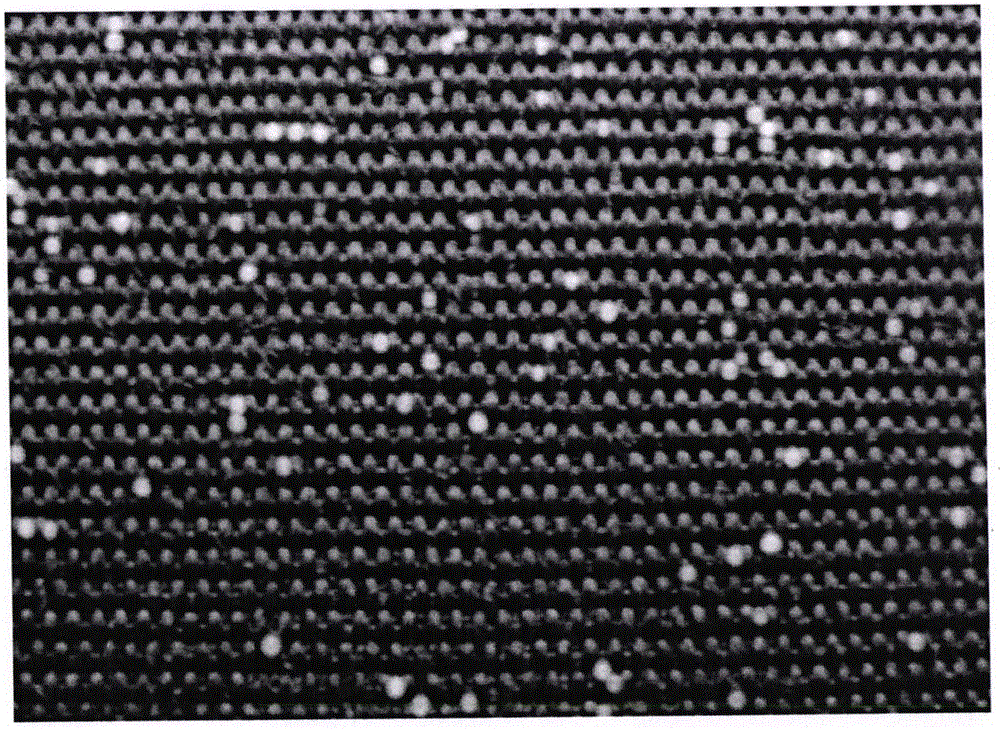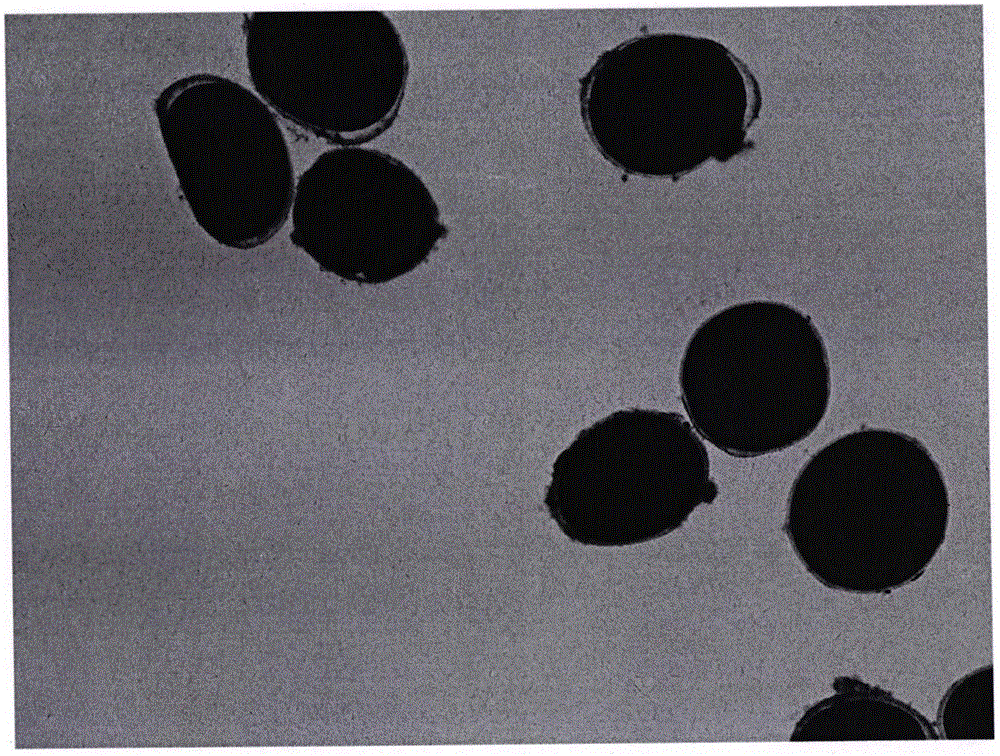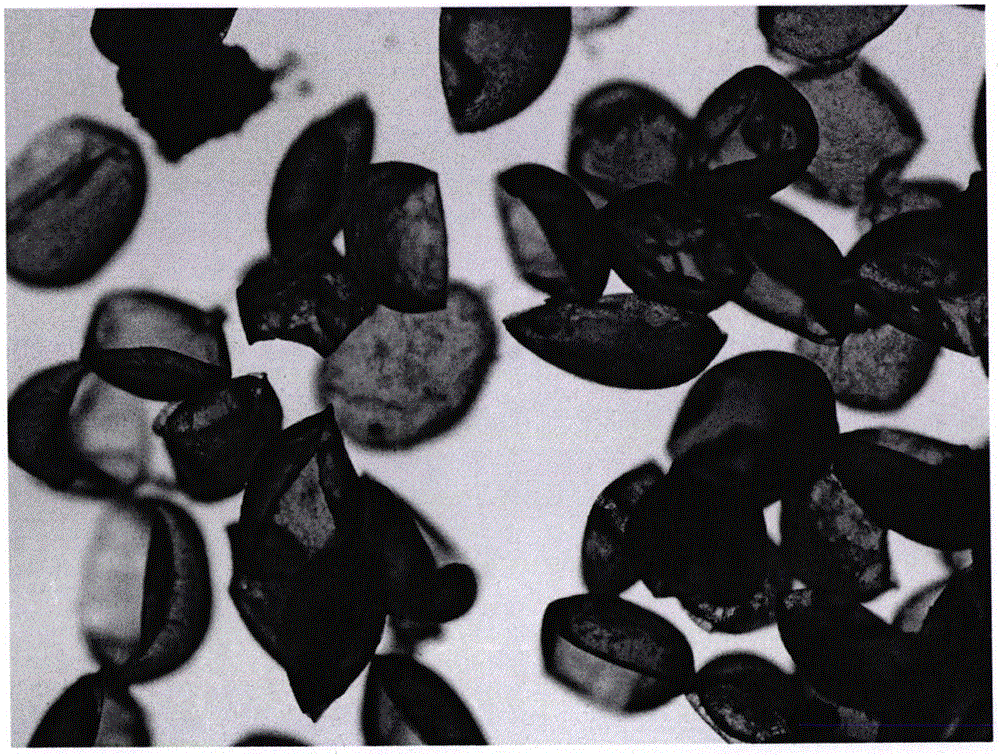Cyst inactivation method for controlling cryptocaryon irritans disease of fishes
A technology that stimulates cryptonium disease and cysts, and is applied in fish farming, applications, climate change adaptation, etc., and can solve problems such as drug residues, fish toxicity, and environmental pollution.
- Summary
- Abstract
- Description
- Claims
- Application Information
AI Technical Summary
Problems solved by technology
Method used
Image
Examples
Embodiment 1
[0018] Example 1: The effect of treating the disease by removing cysts of Cryptocaryon stimuli
[0019] In this experiment, the red pepper seabream (27.79±3.07g / tail) was purchased from Auda Bay, Sandu, Ningde City. Before the experiment, they were raised for two weeks in a circular plastic bucket (1 ton in volume), raised in micro-flow water, and fed pellets. The seawater was natural seawater with a salinity of 29-32%, dissolved oxygen ≥ 5.0mg / l, and pH7. 9~8.3, nitrite <0.1mgN / l.
[0020] The pepper seabream were randomly divided into three groups: control group, infection group, padding group, each group had three replicate groups, and each replicate group had 30 fish. Among them, the infection group and the pad group were infected with 30 larvae per fish with 3000 larvae / fish, the amount of seawater was 5L / fish, and the running water was turned on after 2 hours of infection. The control group and the infection group were cultured normally, and the pad cloth group was exp...
Embodiment 2
[0022] Make the pad cloth into a size of 5cm×5cm, artificially infect 20 capricorn breams (27.79±3.07g / tail) with 3000 larvae / fish, and place the prepared pad cloth on the third day to infect and stimulate Cryptocaryonia At the bottom of the fish tank, take out the cloth on the 4th day, and dry the cysts attached to the cloth at room temperature, and set up 5 groups of drying time: 10min, 30min, 60min, 120min, 240min, After drying, put them into seawater at 27°C for incubation, observe the number of empty cysts through a stereoscope, and count the hatching within 144 hours. The experimental results showed that when the cysts were dried for 120 minutes, the hatching rate of the cysts was zero.
Embodiment 3
[0024] Collect the cysts that fall off within 24 hours and put them in a beaker, add 20ml of seawater to the 100ml beaker and heat it in a water bath. When the seawater in the beaker reaches the test temperature, absorb about 100 cysts and add them to the beaker for 1min and 3min respectively Finally, take out the beaker and add 80ml of normal temperature seawater to it, transfer the cysts to a 24-well plate, let it incubate at 27°C, count the hatching rate within 144 hours, and set three parallels for each gradient. The results showed that treating the cysts at 43°C for 3 minutes and at 48°C for 1 minute could kill the cysts 100%.
PUM
| Property | Measurement | Unit |
|---|---|---|
| Thickness | aaaaa | aaaaa |
Abstract
Description
Claims
Application Information
 Login to View More
Login to View More - R&D
- Intellectual Property
- Life Sciences
- Materials
- Tech Scout
- Unparalleled Data Quality
- Higher Quality Content
- 60% Fewer Hallucinations
Browse by: Latest US Patents, China's latest patents, Technical Efficacy Thesaurus, Application Domain, Technology Topic, Popular Technical Reports.
© 2025 PatSnap. All rights reserved.Legal|Privacy policy|Modern Slavery Act Transparency Statement|Sitemap|About US| Contact US: help@patsnap.com



